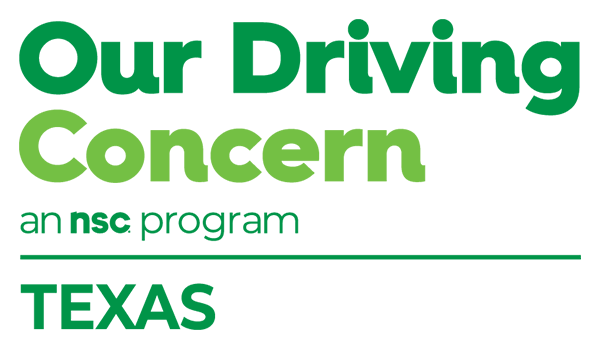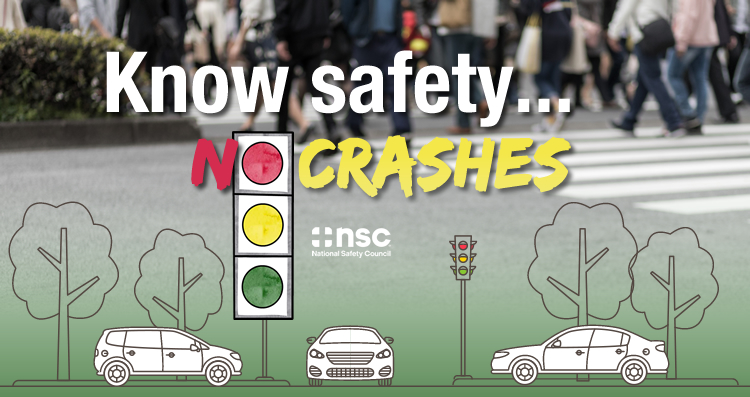
In two years, the Bureau of Labor Statistics projects there will be 41 million people 55 and older working in the U.S. Another 13 million workers will be 65 and older. Supporting workers at every stage of life is essential. But how can we best-support drivers who are 55 or older?
Older drivers tend to be the safest drivers because they are more likely to wear their seat belts and less likely to speed or drink and drive, according to the Centers for Disease Control and Prevention. They tend to obey the rules of the road. They tend to avoid driving at night or in poor weather conditions, times when crash risks are elevated.
However, older drivers are more likely to be seriously injured or killed in crashes, according to research from the National Highway Traffic Safety Administration. Because they are more fragile, older drivers are injured more easily in crashes and they are less likely to recover. In particular, head, chest and spine injuries increase as people age.
Crash prevention often is the result of safe driving habits, born out of learned behavior.
Many adults 55 and over are physically fit. They are keeping their driver’s licenses longer and logging more miles than ever before, according to the Insurance Information Institute. But, with age, comes challenges that can affect vision and coordination and potentially a myriad of other health issues. All can impact work performance and the ability to drive safely.
Tackle those challenges. Help your employees and their family members remain safe behind the wheel. Start with a review of your health and wellness policies and training procedures.
Then, share these tips with employees on a bulletin board at your location or via the intranet:
- Get a physical exam and eye exam once a year
- Ask your doctor or pharmacist to review your prescription and over-the-counter medications in an effort to reduce the risk of side effects such as fatigue or dizziness, which can lead to impairment behind the wheel
- Silence your phone, set your GPS device before you depart and commit to distraction-free driving (refrain from eating or drinking, too)
- Buckle up, every trip, every seat
- Travel on streets and through intersections that are well-lit and are equipped with left-turn signals
- Increase following distance so you will have plenty of time to stop on short notice
- Consider alternatives to driving such as public transportation (bus or train), ride-share services or carpooling
Since driving to work remains a way of life for many 55 and older, consider offering targeted training for those employees and/or their loved ones. CarFit, a program developed by the American Society on Aging in collaboration with AAA, AARP and the American Occupational Therapy Association, is designed to help older drivers check how well their vehicles “fit” them. Drivers 55 and older can attend on-demand workshops and learn how every day, household items can be used to make small adjustments that could result in big safety returns. For example, a cushion or pool noodle could help an older driver achieve better posture and help ensure he or she is able to see out the windshield. Older drivers also can register to attend a CarFit open forum or find a CarFit event close to home.
Learn to recognize the signs that can put older drivers at risk. Share this “when to take the keys” blog with your team. Another option: Get safety messages from the American Occupational Therapy Association and participate in Older Driver Awareness Week Dec. 6-10.
Older people are expected to outnumber children by 2030, a historic first, according to the U.S. Census Bureau. As we age, we work to make our homes safer. We also should continue to prioritize safety at work and on the roads. Stock your training portfolio with a 55-and-over driver safety checklist today. Your support will make for a better tomorrow.
On a personal note, I am reminded of how my mother adjusted her driving as she aged. With changes in her eyesight and reduced coordination, she opted to stop driving at night, in heavy traffic and/or around large metropolitan areas.
She introduced journey management to me before it was probably even a thing. She planned her route, even finding ways to make only right turns to be cautious. She timed appointments so she was on the road during periods of lighter traffic. The person who taught me how to drive all those years ago was still teaching me a thing or two behind the wheel, even as an older driver.
Now, I as I am approaching that “older driver” stage of life, I find myself putting into practice those tips she was so adamant about.
– DeAnn Crane is a program manager with the National Safety Council


